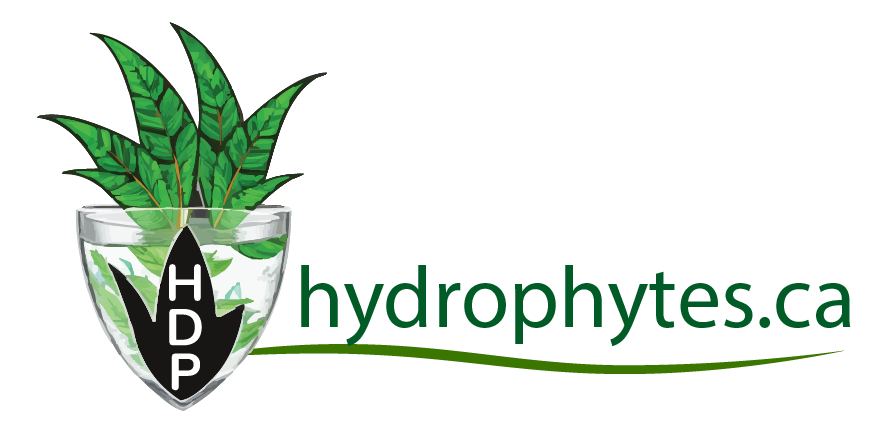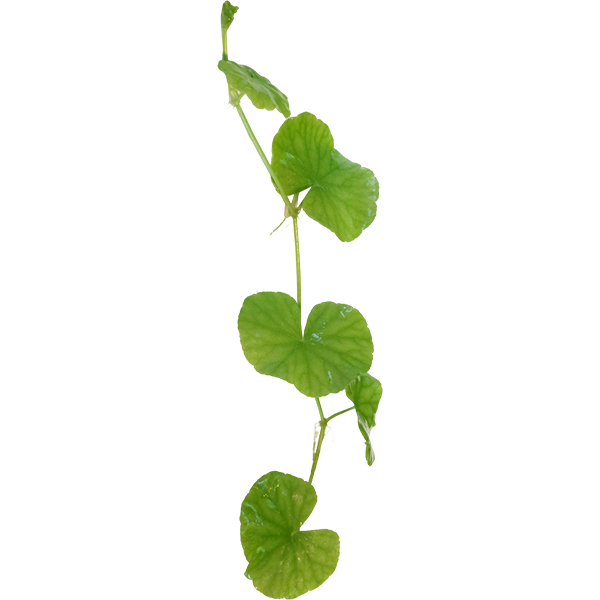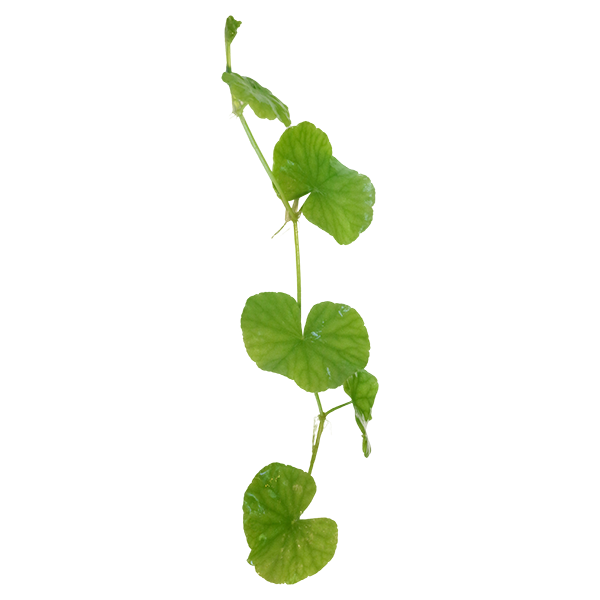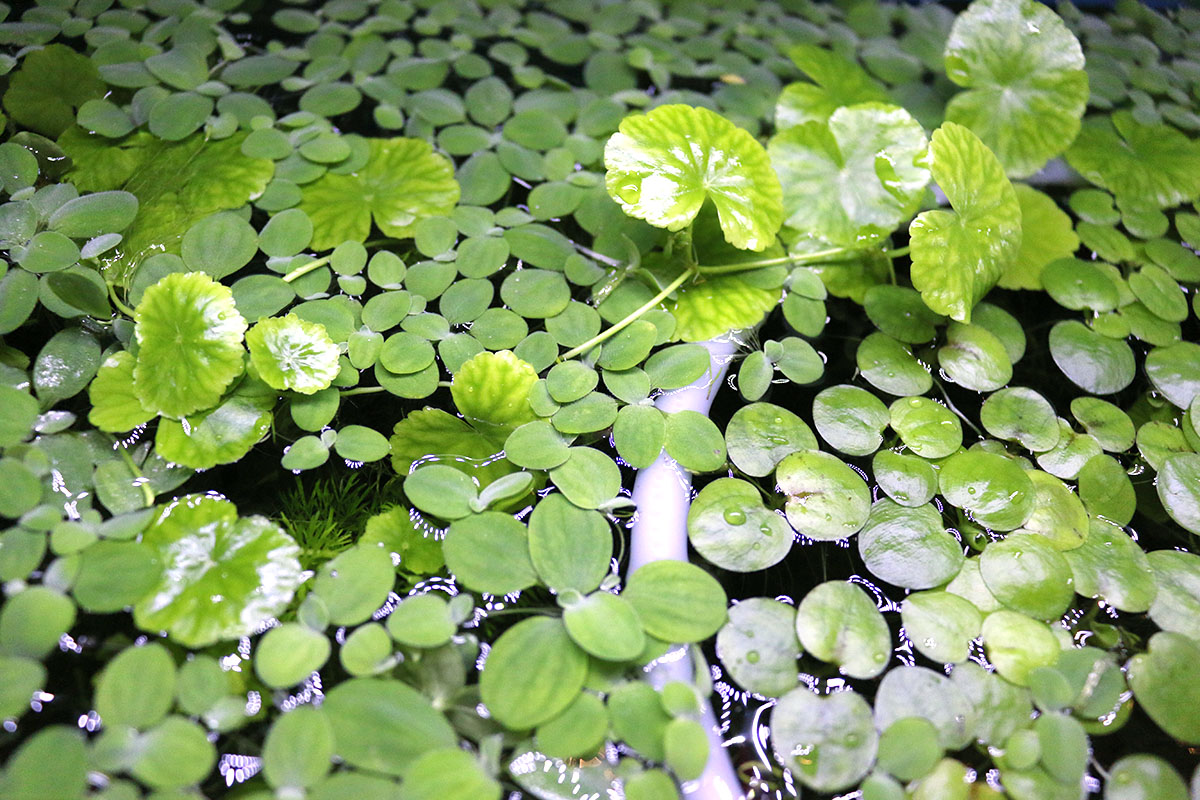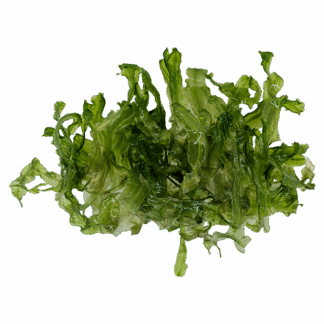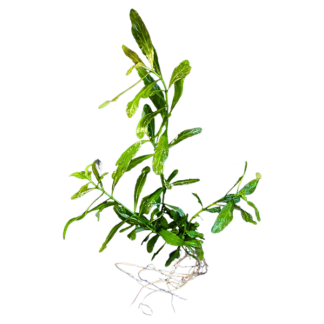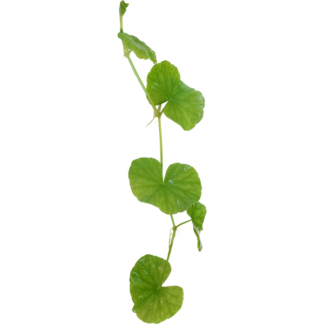Description
Pennywort plants typically have round to kidney-shaped leaves with scalloped edges. The leaf stalks are often attached to the center of the leaf blade, giving them an umbrella-like appearance. They have creeping stems that can form dense mats. Small, inconspicuous white or pale yellow flowers may be produced in clusters. Pennywort species are found in various wet environments globally including wetlands, marshes, swamps, ponds, lakes, and rivers. They can be grown submerged, floating on the surface, or rooted in moist soil. While their rapid growth can pose challenges, they are popular in aquariums for their unique appearance and ability to quickly fill in spaces.
Care
Pennywort generally thrives in moderate to high lighting conditions. It requires consistently wet or waterlogged conditions and can be grown submerged, floating, or rooted in moist soil. Temperature tolerance varies by species, but they are generally adaptable. A slightly acidic to neutral pH is suitable. If planting, a nutrient-rich substrate is recommended. It benefits from balanced aquatic plant fertilization, especially in low-nutrient tanks.
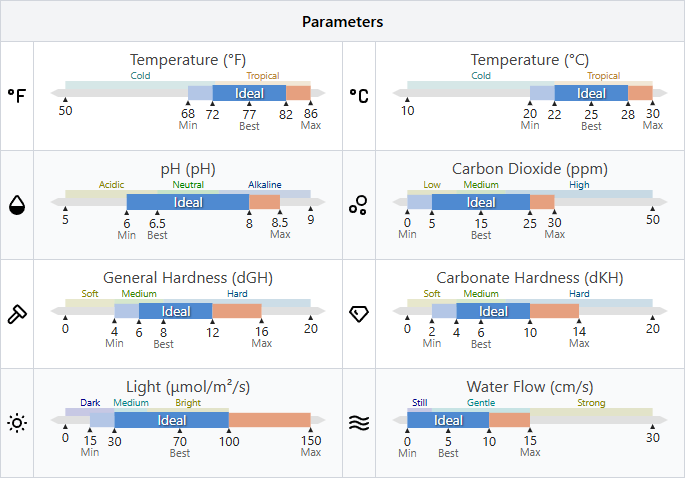
Propagation
Propagation is easily achieved through vegetative methods, primarily by taking stem cuttings. Stems with nodes can be placed in water or moist soil, and roots will develop readily. Pennywort also spreads naturally through rhizomes, floating stems, and plant fragments. Leaf propagation is also a possibility for some species, though it can be slower.
Trimming
Notes, Tips, and Considerations
- Aquatic pennywort can provide habitat and cover for small fish, amphibians, and invertebrates.
- Their rapid growth can lead to dense mats that block sunlight, reduce dissolved oxygen, outcompete native vegetation, and impede water flow and navigation, leading to them being considered invasive in many areas outside their native range.
- Some species, like H. vulgaris, are reported to be edible.
Origin
- Regions
- North America
- South America
- Europe
- Africa, North
- Habitat: swamp, river, lake, pond, marsh, wetland
- Water Type: freshwater
- Water Depth: 0 – 1 m
- Water Flow: still, slow
- Light: medium, high
- Temperature: 5 – 38 °C
- Humidity: high
- Substrate: soil, mud, bare, floating
Closing
Pennywort is a versatile and fast-growing plant that can add unique texture and interest to aquatic or semi-aquatic setups. While requiring regular maintenance to control its spread, its ease of care and propagation make it a rewarding addition for many enthusiasts.
